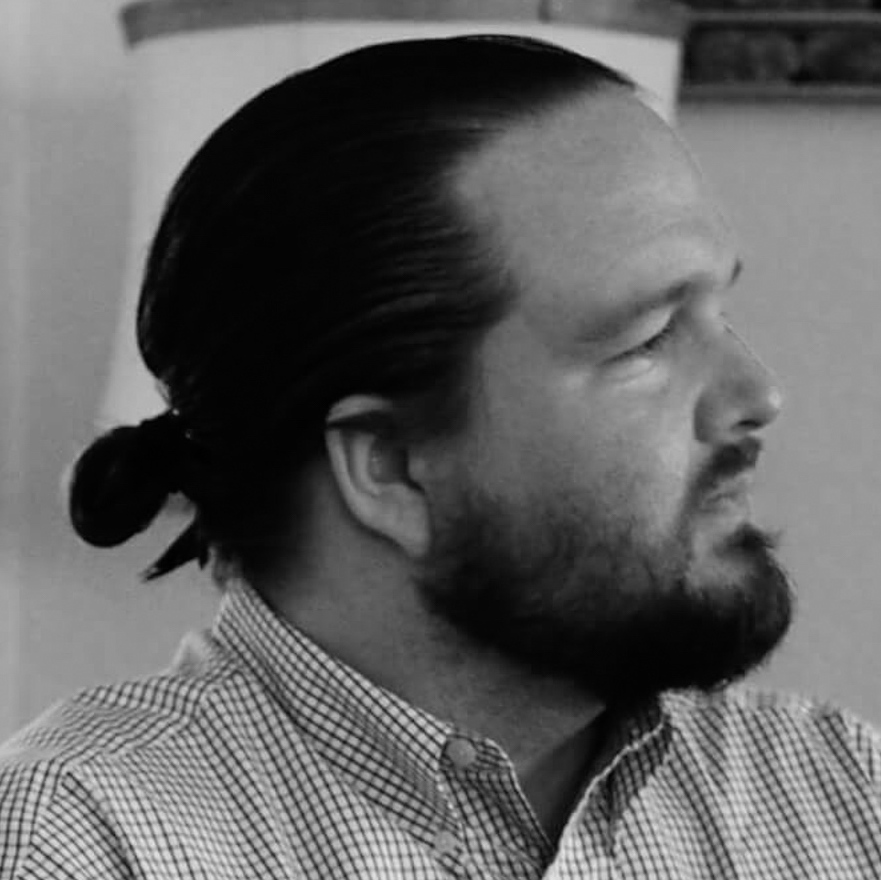
The planning now underway to distribute the initial, limited batches of COVID-19 vaccine may cause a run on college philosophy and ethics departments.
With distribution expected to begin before the end of 2020, public health officials are now grappling with complex questions of who gets the vaccine first, says Jeffrey Byrnes, an assistant professor of philosophy and a medical ethicist at Grand Valley State University in Michigan.
The first priority is to ensure that the early doses of the vaccine have maximum impact, says Byrnes, who is part of a working group comprising faculty and two undergraduate students that is developing guidance with county health departments in Michigan.
“In order to have maximum impact, you should distribute the vaccine first to people who prop up and support the infrastructural good in the community,” Byrnes says. “At any time—and particularly in a pandemic—health care workers and health care institutions are that primary infrastructural good.”
More from UB: Parents, students leaning to colleges close to home, study shows
Next on the list could be essential workers such as firefighters and other first responders.
Vaccine transparency
A more complicated question is how to prioritize vaccine distribution to Black, brown and other marginalized communities that have been harmed disproportionately by pandemic but who may distrust public institutions due to systemic discrimination in the past.
Members of these communities may be reluctant to take a vaccine that was developed quickly and hasn’t been widely tested.
“The Black and brown communities have borne the brunt of the suffering during the pandemic but what we do not want to do is have them also bear the burden of testing the vaccine unevenly,” Byrnes says. “It’s really important that public health departments and state acknowledge there are cultural questions here and questions about justice.”
Transparency about the fairness of the distribution process and the science behind the vaccines will therefore be essential to building trust among these and other communities, he says.
Officials can also seek assistance from trusted members of those harder hit communities to get the public health message out.
“Rumors about the vaccine and its distribution will move rapidly through social media. Once out, you can’t hope to contain those rumors,” Byrnes says. “It’s not enough that we do the right thing, we need to explain how and why we’re doing what we’re doing.”
Officials should also seek guidance from statisticians and other sociology experts to tailor distribution to a region’s specific needs.
More from UB: 90% of college students are likely to re-enroll, study finds
For example, governments in the West may want to provide the vaccine to agencies that fight wildfires while officials in the southeast and on the East coast might give priority to professionals involved in hurricane preparation and response.
President-elect Joe Biden’s tone could also make a difference in acceptance of the vaccine. Inflammatory rhetoric, such as continuing to criticize he Trump administration for its pandemic response, would only sow more distrust, Byrnes says.
“The FDA’s and pharmaceutical companies’ systems are not accessible to the average person, and any time you have that lack of knowledge on top of a lack of transparency, you get real skepticism,” Byrnes says. “Countering that means not escalating the arguments or raising voices. It’s consistent and transparent in the efforts to educate by saying, ‘Here’s what we know. Here’s what we don’t know. Here’s how the science works. Here’s what we’ve seen.'”







